
Let’s take a journey back through the mists of time with Dr Geist, and the figurine of a lion-man, to try and piece together the mystery of the big cat’s importance among the prehistoric humans.
An ivory, lion-headed human sculpture from the earliest Aurignacean period was discovered in the Hohlenstein Stadel Cave in southern
Germany, dating back some 35,000 to 40,000 years. The statue was portable and had a special meaning, distinct from other figurines, as its final resting place was in a separate chamber in the cave, well away from the living and working floors. This chamber apparently had ritual functions. The Venus of Hole Fels1 is not only of similar antiquity as the Lionheaded man, but was found with a very small figurine remarkably similar to the Lion-headed figure. A third tiny, indistinct, but apparently lion-headed figurine was found in the Geißenklösterle cave.
The lion-headed figurines indicate a widely accepted mythology, uniting humans and lions. And the seventy-three well executed, powerful lion images in the Chauvete Cave of the same age2 suggests the same. So, why were lions desirable? Why would one wish for them?
To answer this, we must consider the lifestyle of the Aurignaceans, the earliest modern people to enter Europe 45,000 to 40,000 years ago. They inserted themselves as apex predators into ecosystems already containing powerful apex predators such as cave lions, leopards, scimitar cats, wolves, cave hyenas, with cave bears as intermittent participants. Prey would have been scant.3 To survive, humans had to usurp a significant amount of prey away from other predators, as well as kill regularly when the demand arose. Food procurement had to be predictable. Therefore, what humans killed had to be at the expense of other apex predators, despite the severe competition.
Denne historien er fra March - May 2020-utgaven av Saevus.
Start din 7-dagers gratis prøveperiode på Magzter GOLD for å få tilgang til tusenvis av utvalgte premiumhistorier og 9000+ magasiner og aviser.
Allerede abonnent ? Logg på
Denne historien er fra March - May 2020-utgaven av Saevus.
Start din 7-dagers gratis prøveperiode på Magzter GOLD for å få tilgang til tusenvis av utvalgte premiumhistorier og 9000+ magasiner og aviser.
Allerede abonnent? Logg på

Staying ALIVE!
The importance of getting to the root causes of conflict with wildlife, is essential. Its mitigation will guarantee the very survival of all species.

Frames from the WILD
A few amazing shots from a horde of incredible ones!
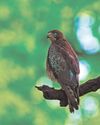
WAKE UP!
A frightening thought a world without wildlife, mornings without birdsong, and all that we take for granted! We must realise the dangers threatening the beauteous green world and its inhabitants around us!

Dolphin DILEMMA!
A crucial article to highlight the significance, and plight of Our riverine friends.
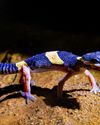
Gecko Quest!
The authors take us on the trail of a gecko from West Bengal, through the hills of the Bankura district.
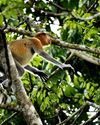
Endangered EXOTICA!
The author takes us on an exotic ride into the forests of Malaysia, allowing us glimpses of the beauties of its wildlife!
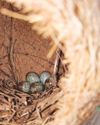
Mellifluous Magpie!
Immerse yourselves in the world of the musical and glorious Magpie Robin! The authors help acquaint us with this beautiful bird.

Think Different!
The author brings to us the very real concern for the horses employed around pilgrimage sites in India.
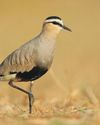
Take Heed!
The authors make a case for the conservation of the rare and lesser-known Sociable Lapwing.

Close Encounters!
The author introduces us to two amazing yet very different bird species, showing us the diversity of our ecosystems,